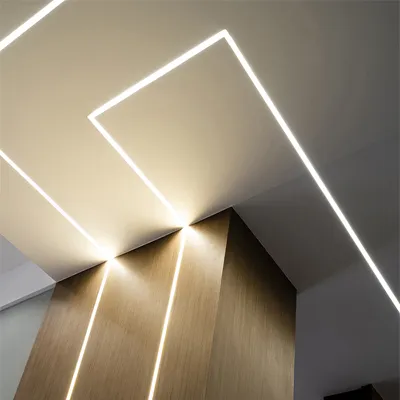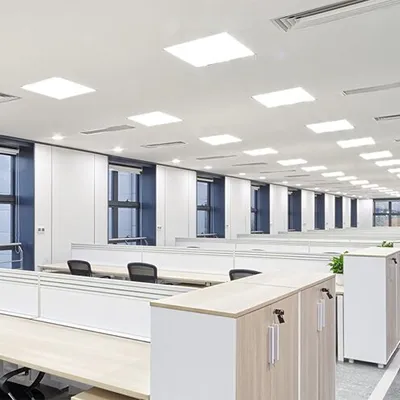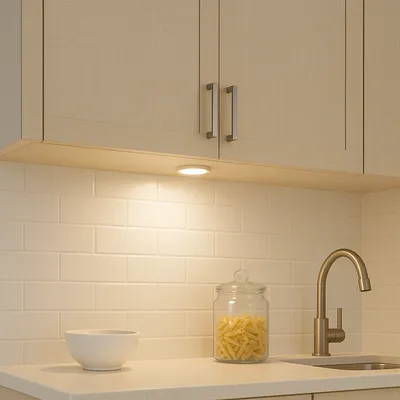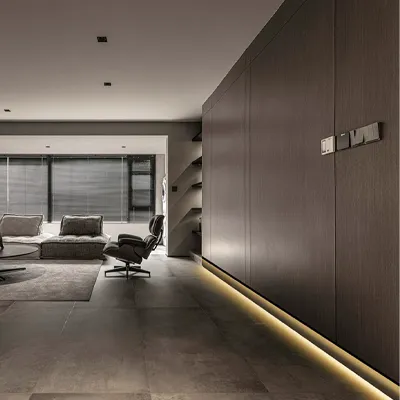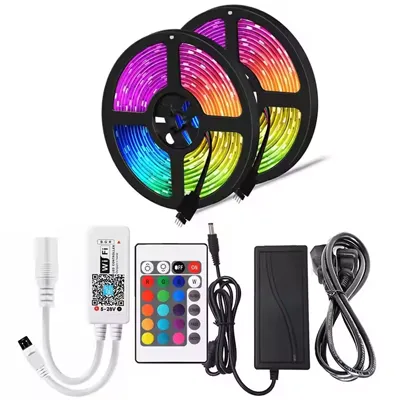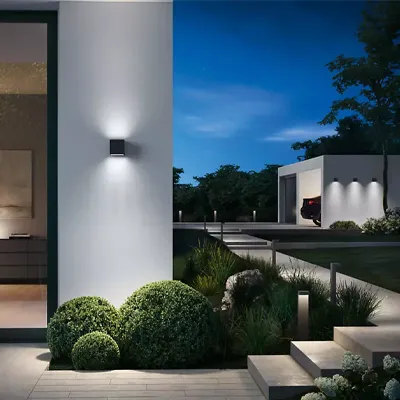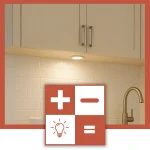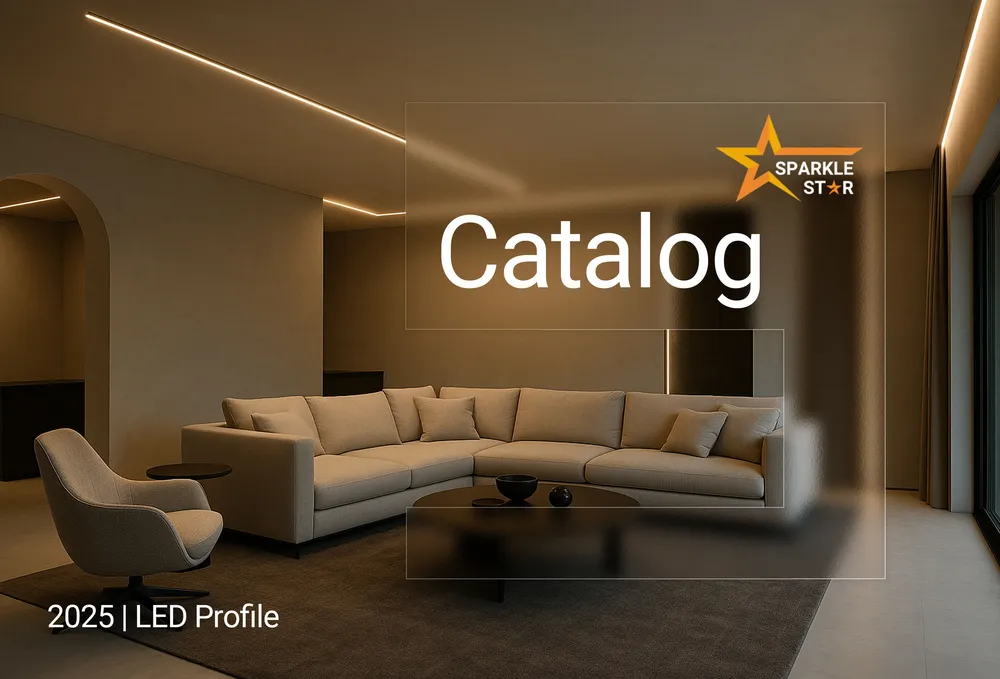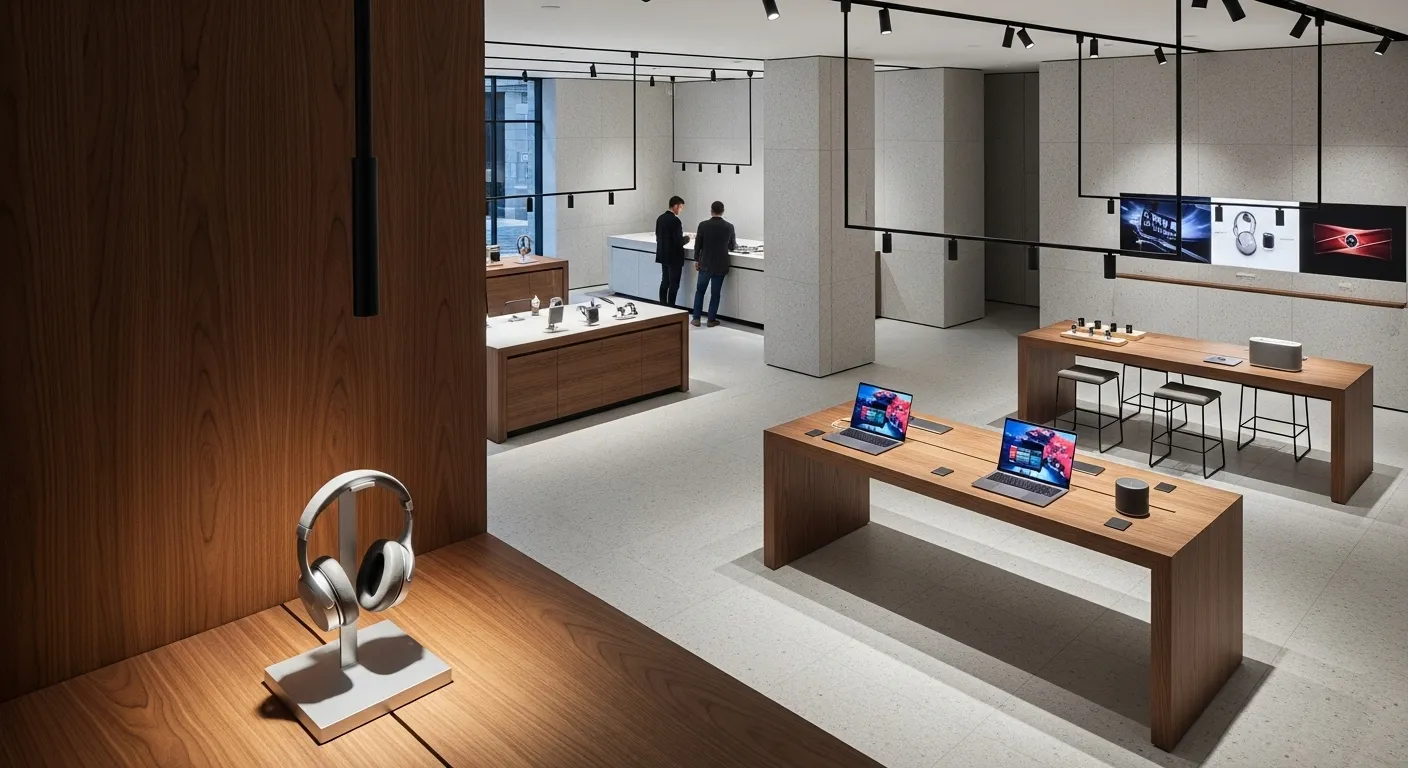
The choice between track lighting and a busstrut system is not about style. It is a fundamental decision between a light fixture and electrical infrastructure. Track lighting is governed by luminaire safety codes like UL 1598. A busstrut or busway system must meet the stringent UL 857 standard for power distribution. This single distinction forms a project’s electrical foundation, where mistakes are expensive and difficult to reverse. This guide provides the technical clarity to specify the correct system from the start.
Fixture vs. Infrastructure
At its core, track lighting is a luminaire. It is a product designed to hold and power light bulbs. Its primary purpose is to illuminate. A busstrut or busway system is electrical infrastructure. It is an engineered system designed to distribute power. Lighting is just one of its many possible functions.
This is not a semantic distinction. It is a practical one with significant implications for safety, cost, and a building's future adaptability. One is governed by codes for fixtures; the other, by far more stringent codes for power distribution. Confusing the two is the most common and costly mistake a specifier can make.
The Track Lighting System
Standard track lighting offers a simple, effective method for creating adjustable lighting layouts. To use it correctly, one must understand its components, its inherent limitations, and the specific rules that govern its installation.
Anatomy of Tracks and Connectors
The primary component is the track itself, typically an extruded aluminum channel. Inside this channel run thin, flat copper conductors. These strips are often called busbars, a primary source of confusion. In this context, they are light-duty, fixture-level conductors, not to be mistaken for the heavy-duty power busbars found in a busway.
The H, J, and L Incompatibility Problem
A persistent and frustrating issue for anyone in the field is the lack of standardization. North America is dominated by three systems, a historical artifact of market competition, not a difference in performance. They are not interchangeable.
System Type | Defining Feature | Contact Points | Grounding Method |
|---|---|---|---|
H-Type (Halo) | Three-contact system | 3 | Dedicated 3rd conductor |
J-Type (Juno) | Contacts 1" apart | 2 | Through metal track housing |
L-Type (Lightolier) | Contacts 7/8" apart | 2 | Through metal track housing |
A project can be delayed for weeks because someone ordered L-type fixtures for a J-type track. Before any purchase, identifying the existing system or committing to a new one is a mandatory first step.
Electrical Loads and NEC Rules
Most track systems operate at line voltage (120V). A critical area of expertise involves the National Electrical Code (NEC). NEC 220.43(B) requires a load calculation of 150 volt-amperes for every two feet of track. This rule was written for power-hungry halogen bulbs.
With today's efficient LED technology, this calculation often results in a vastly oversized and unnecessarily costly electrical service. A key exception in the code allows the load to be based on a current-limiting device, a detail that can save a project significant money but is often overlooked by less experienced electricians.
Common Uses and Known Limitations
Track lighting excels in applications where flexible accent or task lighting is the primary goal: residential living areas, art galleries, and small retail displays. Its limitations are clear: it only powers lights and offers no structural support.
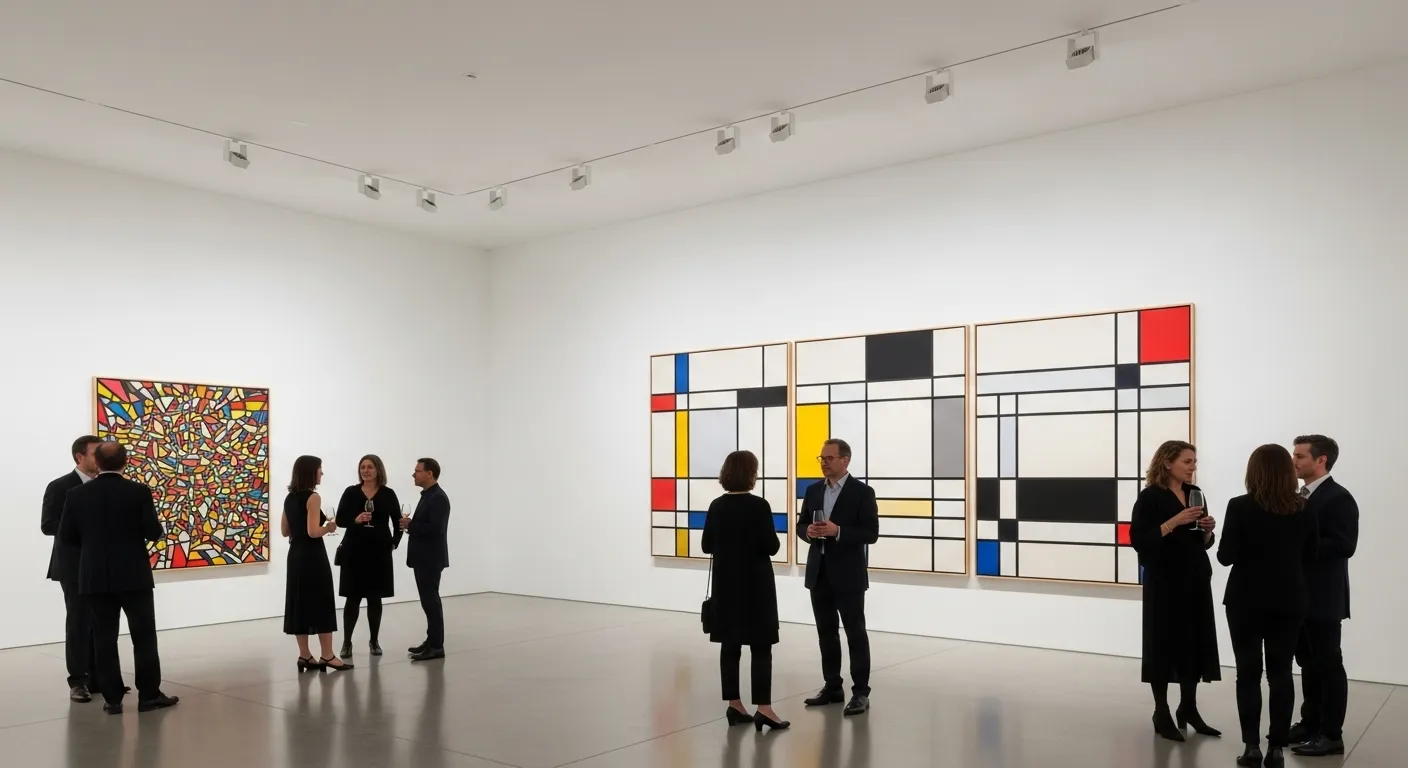
Understanding Busstrut and Busway Systems
A busway system is a fundamentally different solution. It is not an accessory for lighting; it is a pre-engineered pathway for power and data that can also support lighting fixtures.
Industrial Roots of the Busway Concept
The technology was born from industrial necessity in the 1920s to power reconfigurable assembly lines. This industrial DNA of robustness, modularity, and high-capacity power delivery defines its character today.
What Defines a "Busstrut" Style System
The term "busstrut" typically refers to a modern evolution where electrical busbars are integrated directly into a structural metal channel, similar in form to a standard Unistrut. This hybrid design creates a single, multi-functional piece of hardware, functional and visually expressive in open-ceiling environments like retail stores or labs.

Engineering for Power and Structural Support
Unlike the lightweight aluminum of a lighting track, a busstrut or busway housing is typically made of heavy-gauge (e.g., 12-gauge) steel. This provides significant structural capacity for spanning long distances and carrying the weight of fixtures, signage, and other equipment. The entire system is listed under UL 857, a standard ensuring industrial-grade safety.
The Trunking Method for Large-Scale Grids
The key to a busway's efficiency in large projects is a concept known as "trunking." It is a design approach that allows a single, high-capacity circuit to power an entire grid of lower-capacity circuits, fundamentally changing the economics of a large installation.
Instead of dozens of individual circuits from an electrical panel, a single, high-amperage (e.g., 40A or 60A) "trunk" line can be run to feed the entire grid. Lower-amperage "branch" lines can then be connected anywhere along this trunk using simple jumpers.
This design dramatically reduces the material cost and labor hours associated with pulling extensive runs of wire through conduit. For any large commercial space—be it a supermarket, a data center, or a convention hall—this represents a defining economic advantage over traditional wiring methods.
Head-to-Head Technical Comparison
Having established the fundamental nature of each system, a direct technical comparison reveals their starkly different capabilities. This analysis moves beyond general descriptions to specific, quantifiable metrics that should inform any project specification.
Attribute | LED Density (per meter) | Min. Channel Depth |
|---|---|---|
Governing Standard | UL 1598 (Luminaires) | UL 857 (Busways) |
Typical Voltage | 120V (Line), 12/24V (Low) | 120V up to 600V; often 120/277V |
Circuit Amperage | Typically 20A max per run | 20A, 40A, 60A, up to 100A+ |
Housing Material | Extruded Aluminum | Heavy-Gauge (e.g., 12-Ga.) Steel |
Primary Function | Illumination | Power Distribution |
Structural Capacity | Supports only its own fixtures | Supports fixtures, signage, other systems |
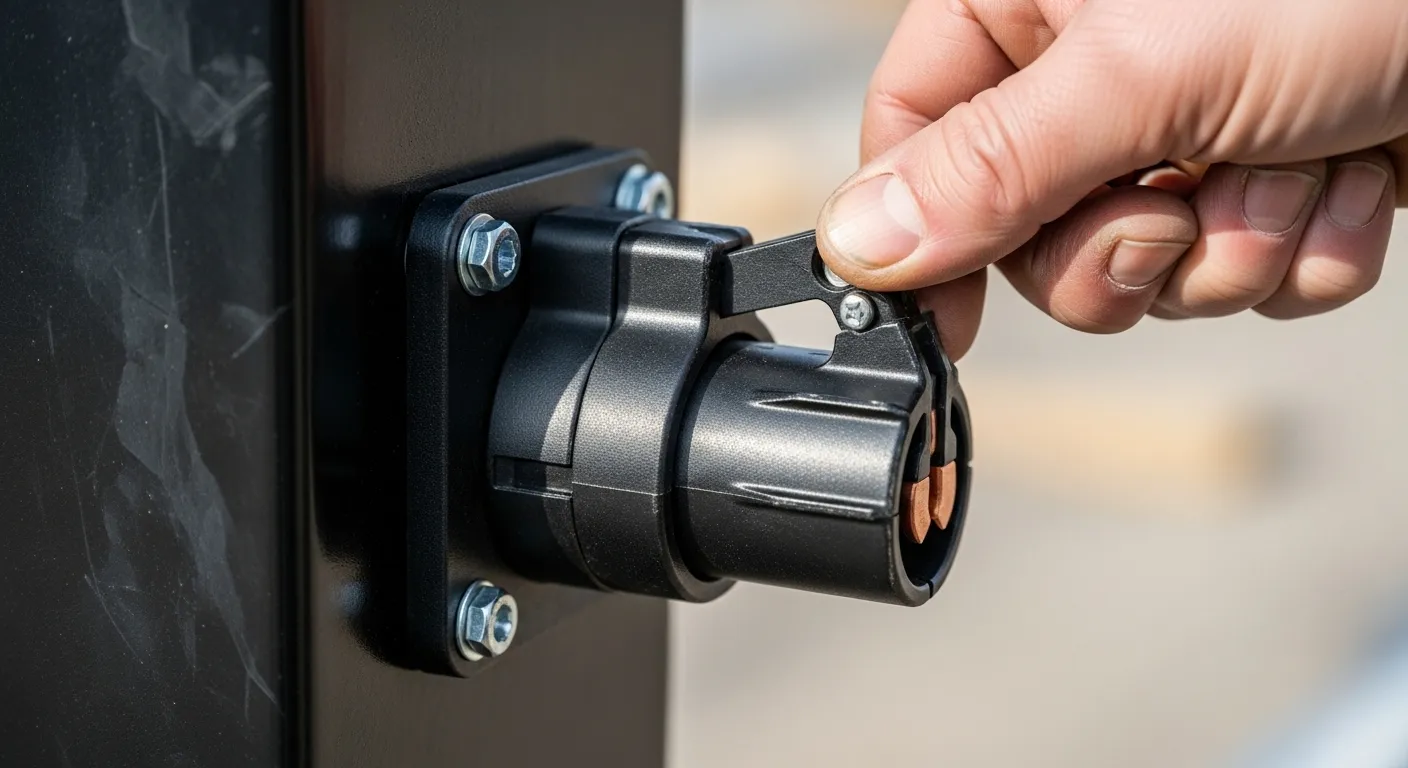
Electrical Capacity and Safety Standards
The governing UL standard is arguably the most critical differentiator. UL 1598 is a safety standard for lighting fixtures, concerned primarily with heat management and electrical safety at the fixture level. UL 857, in contrast, is an industrial standard for power busways. It involves rigorous testing for short-circuit current ratings, voltage drop over distance, and the system's ability to withstand major electrical faults without catastrophic failure. This higher standard means a busway system provides an inherently more robust and safer backbone for power distribution.
Structural Strength of Busstrut vs. Track
The material difference between a lightweight aluminum track and a heavy-gauge steel busstrut housing translates directly to structural capability. A lighting track is designed only to support the weight of its fixtures. A busstrut system, with its rigid steel channel construction, is designed as a structural component. It can span greater distances between suspension points, reducing ceiling clutter. More importantly, it can serve as a unified mounting grid for other building systems, including data cables, security cameras, speakers, and retail signage, consolidating trades and simplifying installation.
Flexibility and Functional Differences
Both systems are "flexible," but they offer different kinds of flexibility.
- Track Lighting Flexibility: This is the flexibility to re-aim and reposition light fixtures along a fixed path. Changing the path itself requires electrical work. Its flexibility is primarily aesthetic and task-oriented.
- Busway System Flexibility: This is the flexibility to tap into power and data anywhere along the grid. Fixtures and powered devices can be added, removed, or relocated with simple plug-in connectors, often without de-energizing the main run. This is operational and infrastructural flexibility, designed to adapt to fundamental changes in a space's use over its entire lifecycle.
Choosing the Right System for Your Project
The correct choice is not about which system is "better," but which is appropriate for the scale, scope, and intended use of the space.
When Track Lighting is the Best Fit
A standard track lighting system is the logical and cost-effective choice for projects where the primary and sole requirement is adjustable illumination.
- Residential Spaces: Living rooms, kitchens, and dens where highlighting art or creating task zones is needed.
- Small Retail Boutiques: For creating dynamic product displays without the need to power other devices.
- Art Galleries and Museums: Where precise aiming of light is paramount and the electrical loads are well-defined.
- Projects with Limited Budgets: For simple applications, the initial material cost of track lighting is significantly lower.
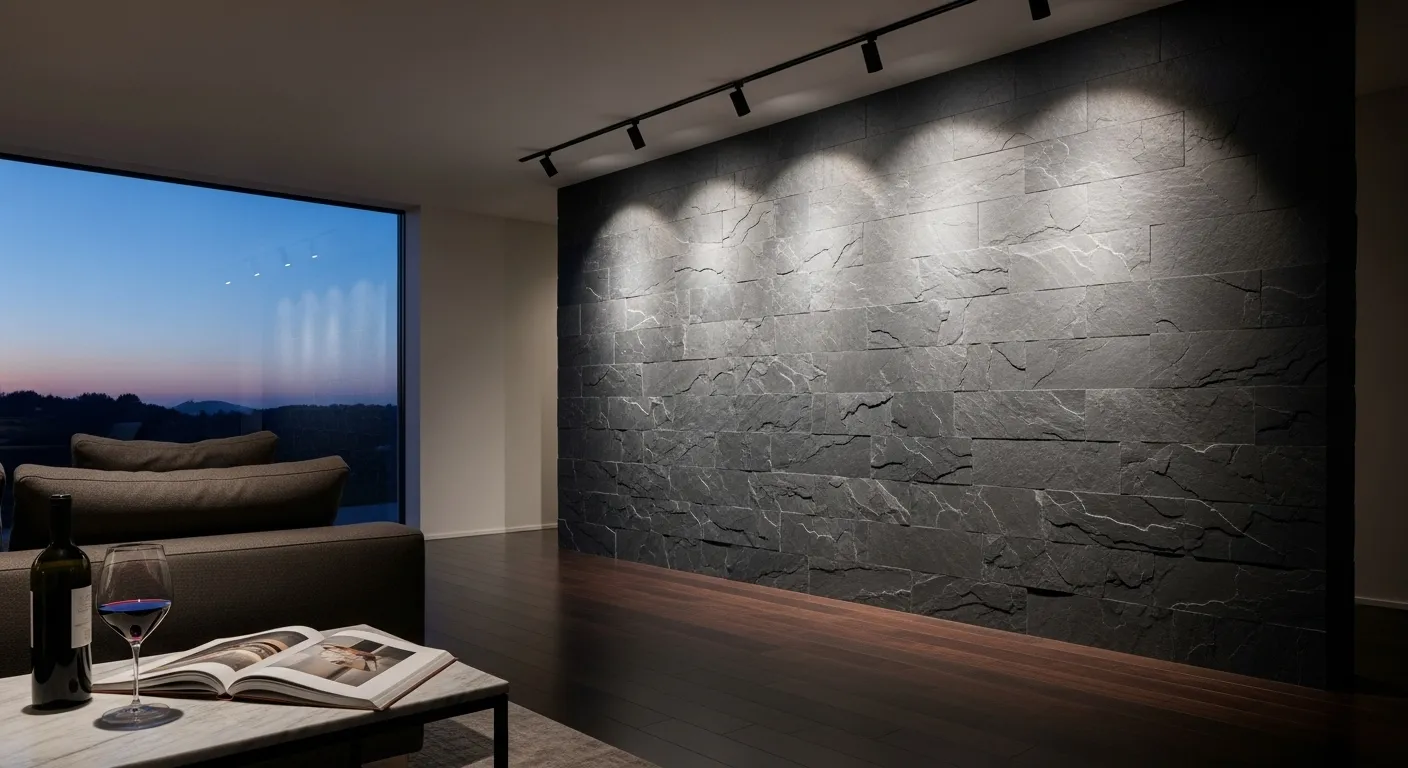
When to Specify a Busstrut or Busway System
A busstrut or busway system becomes necessary when the project's requirements extend beyond simple lighting into power distribution and structural support.
- Large Retail Environments: Supermarkets, big-box stores, and showrooms that require power for lighted signage, point-of-sale displays, and other equipment.
- Laboratories and Technical Spaces: Where equipment layouts change frequently and require accessible, reconfigurable power drops.
- Convention Centers and Event Venues: Which demand maximum flexibility to accommodate a wide variety of vendors and lighting schemes.
- Open-Ceiling Architectural Designs: Where the exposed structure is part of the aesthetic and a single, clean system is needed to manage lighting, power, and data infrastructure.
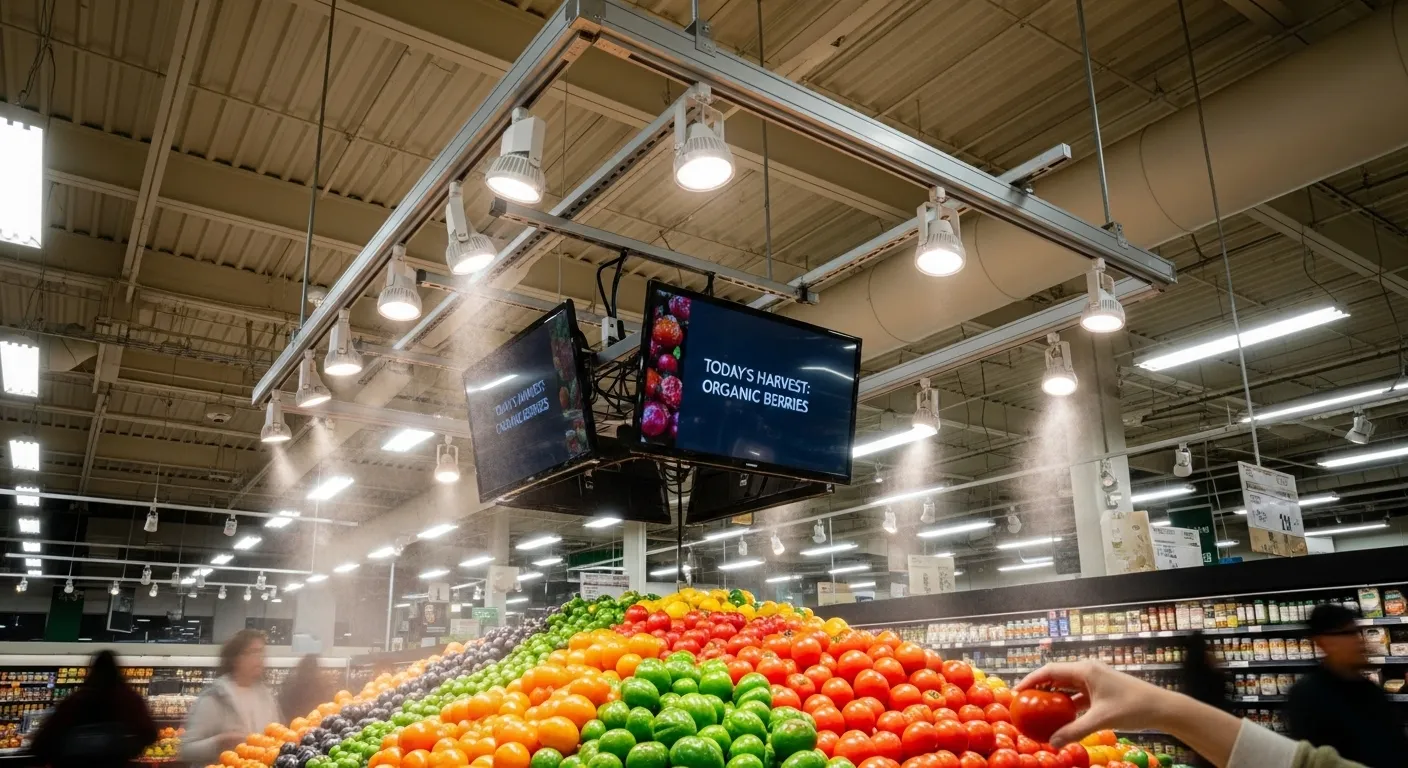
The Right System for the Job
The distinction between track lighting and a busstrut or busway system is absolute. One is a versatile fixture; the other is a robust infrastructure. Track lighting provides an elegant solution for adaptable illumination in well-defined spaces. A busway system offers a scalable, multi-functional power grid for dynamic, high-demand environments.
Choosing correctly requires looking beyond the immediate lighting plan to the long-term operational needs of the space. By matching the system's inherent capabilities to the project's true scope, you ensure a solution that is not only effective on day one, but also efficient, safe, and adaptable for years to come.
Frequently Asked Questions
How can I tell what type of track lighting I have?
Look at the copper conductors inside the track. H-type has three contacts. J-type and L-type both have two, but J-type's contacts are 1 inch apart, while L-type's are slightly closer at 7/8 inches apart. Measuring this distance is the most reliable identification method.
Can I hang things other than lights from a standard lighting track?
No, a standard lighting track is not designed for structural loads. It is made from lightweight aluminum intended only to support the weight of its own fixtures. Attempting to hang other objects like plants or signs can damage the track and create a safety hazard.
Is a busstrut system overkill for a home?
Generally, yes. For most residential applications, a busstrut system's high power capacity and structural capabilities are unnecessary and not cost-effective. Its industrial aesthetic may also not suit typical home interiors. Track lighting is almost always the more appropriate choice for home use.
Do busstrut systems require special maintenance?
Busstrut systems are designed for minimal maintenance. In commercial or industrial settings, a periodic inspection to check the torque on connections and ensure tap-off units are secure is recommended, especially in high-vibration areas. For most architectural uses, they require significantly less upkeep than exposed track lighting.


